The Ultimate Guide to Learning and Playing the Kalimba
Is the Kalimba Easy to Learn?
Absolutely! The kalimba is considered one of the easiest musical instruments for beginners. Even without a teacher, you can learn to play simple melodies in a matter of minutes.
How to choose the right kalimba for beginners?
Selecting the perfect kalimba is crucial for an enjoyable learning experience. Although the kalimba is not standardised, meaning there's no wrong way to choose one, factors like the maker, material, and structure significantly impact the sound quality. Additionally, the number of keys and the scale are important considerations that can affect your playing experience.
Click here to read our Little Kalimba Buyer's Guide tailored just for you.
Do I need to tune my kalimba on the frist day?
All our kalimbas come pre-tuned and ready to play right out of the box. We meticulously check, polish, and tune them in our Sydney workshop before shipping. While the kalimba tines are not fixed on the bridge and may shift slightly during transit, they should remain about 95% accurate upon arrival. This slight shift won't affect your playing experience unless you have perfect pitch.
If you're new to the kalimba world and lack a musical background, we recommend not attempting to tune your kalimba on the first day. Instead, start by playing some simple tunes. If later you notice the kalimba is significantly out of tune, you can follow the step in the instruction booklet to adjust it when you're more familiar with the instrument. Despite many YouTube videos suggesting tuning as the first step, we've already done that for you, so you can start playing right away. We've had customers who followed YouTube videos and attempted tuning on the first day, only to end up with an out-of-tune kalimba that they struggled to fix. From our experience, it's better for absolute beginners to start playing immediately.
For more advanced players, all kalimbas can be tuned to different keys. Refer to your instruction booklet for detailed tuning information or leave us a note at checkout for special tuning requests. We are happy to customize the tuning of your kalimba for free.
Where do I find kalimba tabs and other learning materials?
Once you know the basics, look for kalimba tabs online. Play the corresponding numbers or letters, and you'll be creating beautiful melodies in no time.
There are thousands of easy tabs and tutorials available online. Simply search "kalimba tabs" on Google or YouTube. If you have a musical background, such as playing the piano, you can use your piano sheet music on the kalimba by simplifying it to play only the melody or the melody with simplified chords. We also made some great learning materials our website. Click here to get free sheet music and learning tips specifically made for beginners.
In addition, there are various types of kalimba sheet music, including the number system, letter system, and raindrop-style videos. While it might seem confusing at first, this article will help you understand how to use these different types of kalimba notation. It also features a selection of the top favorite kalimba sheet music.
What should I do with the colored stickers that come in the box?
Most kalimbas have notes engraved on them, labeled with numbers and letters (CDEFGAB). Colored stickers are optional but can help beginners quickly identify notes. The stickers that come with the acrylic kalimba are not only cute but also add a touch of beauty to your instrument. Additionally, the strip stickers are designed to help you follow raindrop-style kalimba tabs more easily. However, if you prefer a cleaner, more classic look for your kalimba, you can choose not to use the stickers.
How should I playing the kalimba? (fingers vs. nails)
Playing the kalimba involves holding it between your hands and plucking the tines with your thumbs, which is the main and most effective way to play. You can use either your fingers or nails, but playing with nails is recommended for better tonality. Your fingers might feel a bit sore after extended playing, especially for young children, so using your thumb nails can make playing easier.
Some customers enjoy experimenting by placing the kalimba on a table and playing it like a mini piano, which can amplify the sound. However, holding it between your hands remains the primary and most correct method of playing.
About the end tines (Why do the end tines sound dead/muted)?
As we meticulously check and tune our kalimbas right before shipping from our Sydney warehouse, there is very little to no chance of you receiving a kalimba with a dead tine. On box-shaped or hollow kalimbas, especially those under $60, the end tines might not resonate as well as the other keys. This is not a quality issue but a result of the instrument's structure. The keys are designed in a V-shape to produce different tones and dynamics. The middle tines are longer, producing a more echoing and bass sound, whereas the shorter tines create a brighter and more percussive sound. The end tines have less sound because they are further from the soundhole and have limited room for vibration.
Historically, when the kalimba originated in Africa, it wasn't tuned to C major. It was modernised and westernised in the last hundred years, making C major the dominant tuning. This change makes it easier for beginners to learn but results in the end tines, especially the last two notes, landing on high frequencies that sound somewhat quiet.
Don't worry; this won't significantly affect your playing, as the last two notes are used less frequently, and playing with fingernails can improve the sound. If you really mind about how the end tines sound, here are a few suggestions:
Before Purchase:
- Choose a flat-board kalimba for clear, long-lasting end notes. However, be aware that flat-board kalimbas produce a slightly brighter sound, have less volume compared to box-shaped kalimbas, and cannot create the magical wah-wah sound effect. If you prefer a clean, bright, music box-like sound, a flat-board kalimba will be a better option.
- Opt for a kalimba in a lower key, such as G major, if you prefer a hollow kalimba with better end tines.
After Purchase:
- Slightly improve the sound by moving the problem tine and wiggling it.
- Tune the entire kalimba one key lower, from C major to B major.
Here are the notes for a B major kalimba
C♯ A♯ F♯ D♯ B G♯ E C♯ B D♯ F♯ A♯ C♯ E G♯ B D♯
The kalimba is a fantastic instrument for beginners and seasoned musicians alike. With its easy learning curve and beautiful sound, you'll be playing your favorite tunes in no time. Happy playing!
What to do when you have a buzzing sound on your kalimba?
As we carefully check and tune our kalimbas before shipping, you shouldn't encounter this problem. However, in very rare cases, the tines might move during transit, causing a buzzing sound. Additionally, after having your kalimba for a few years or traveling with it, a buzzing problem might occur. Experiencing a buzzing sound on your kalimba can be frustrating, but it is usually easy to fix. Here are some steps to help you eliminate the buzzing sound:
1. Check and Wiggle the Tines:
- Ensure all tines are aligned properly and not touching each other. Slightly adjust any misaligned tines. Slightly wiggling or repositioning the tines can help eliminate buzzing. Be gentle to avoid bending or damaging them. This works 90% of the time.
2. Clean the Kalimba - Paper Method:
- Dust and debris can cause buzzing. Clean your kalimba with a soft cloth to remove any particles that might be causing the sound. Then, insert a small piece of paper between the tines and the bridge, and wipe the tine with the paper strip to eliminate any dust or debris stuck between the tine and the bridge. This can help stabilise the tines and reduce buzzing. You might need to repeat this step a few times.
3. Check the Resonator Box:
- If you have a hollow kalimba, ensure that nothing inside the resonator box is causing the buzzing. Sometimes, loose objects or debris inside can cause unwanted noise. For kalimbas with an internal pickup, repositioning the wire inside could fix the problem.
4. Check for Cracks:
- Inspect your kalimba for any cracks or damage. If you find any, it might need professional repair (this is very unlikely to happen).
If you have tried these steps and the buzzing persists, please contact us by sending a video of the problem. We offer a 1-year warranty on all our instruments and will ensure to fix or replace your kalimba. Enjoy your kalimba playing!
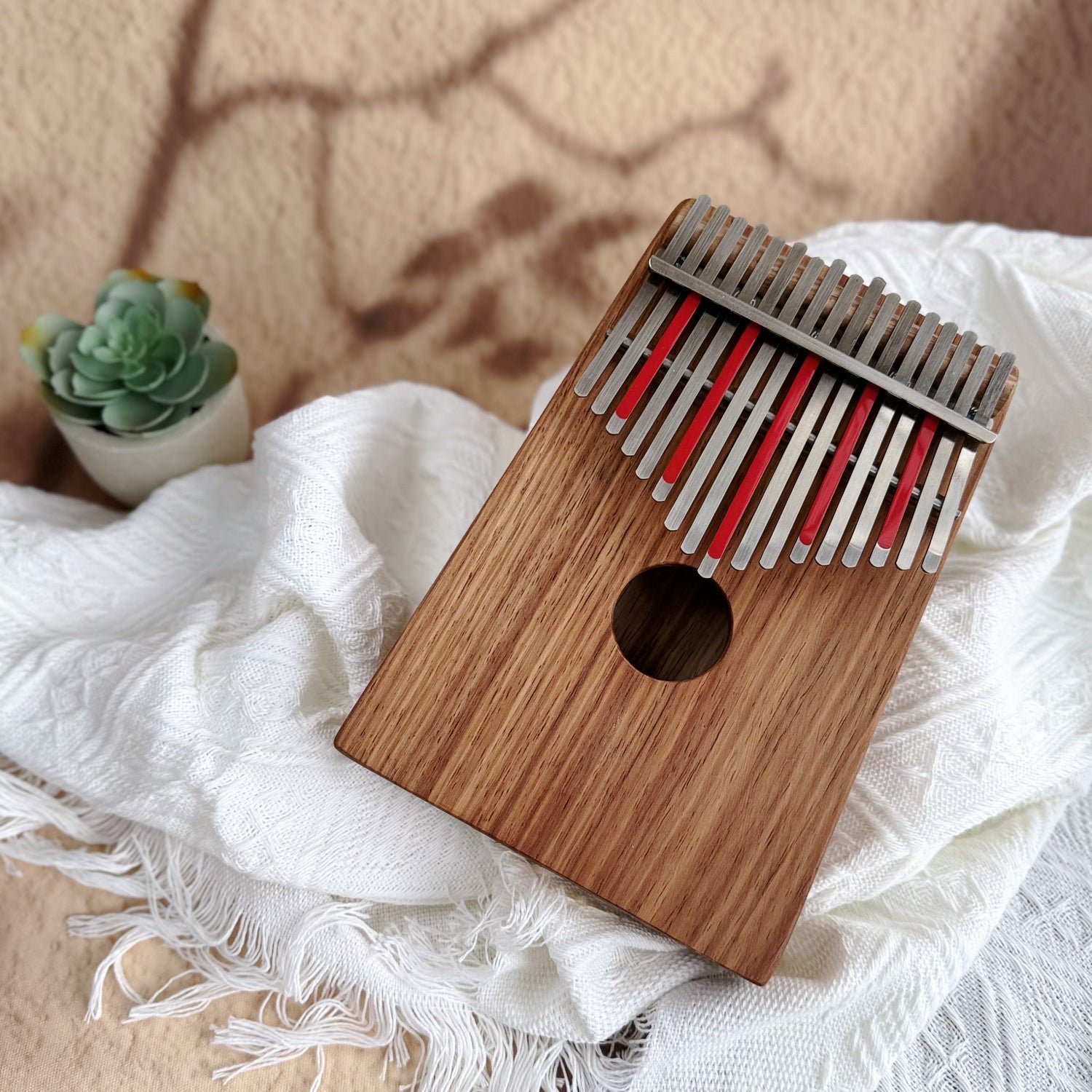
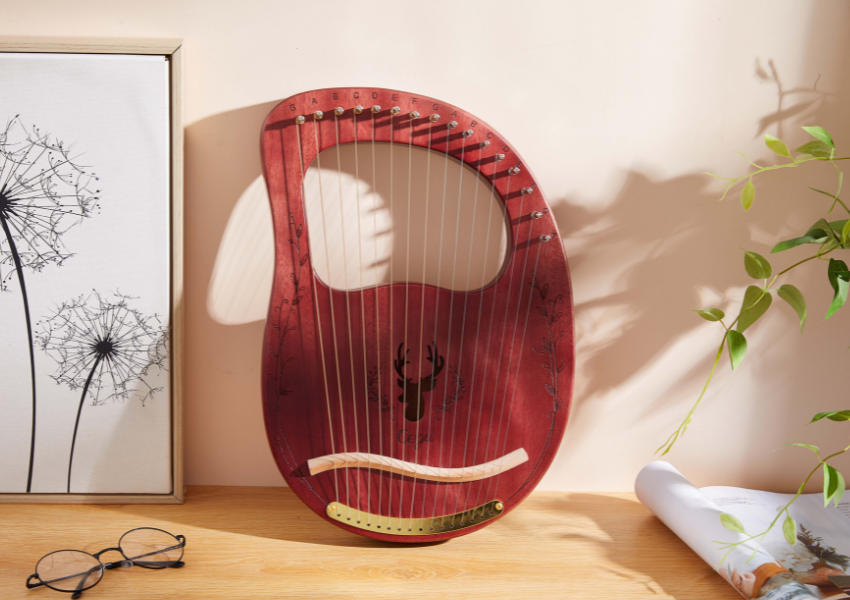
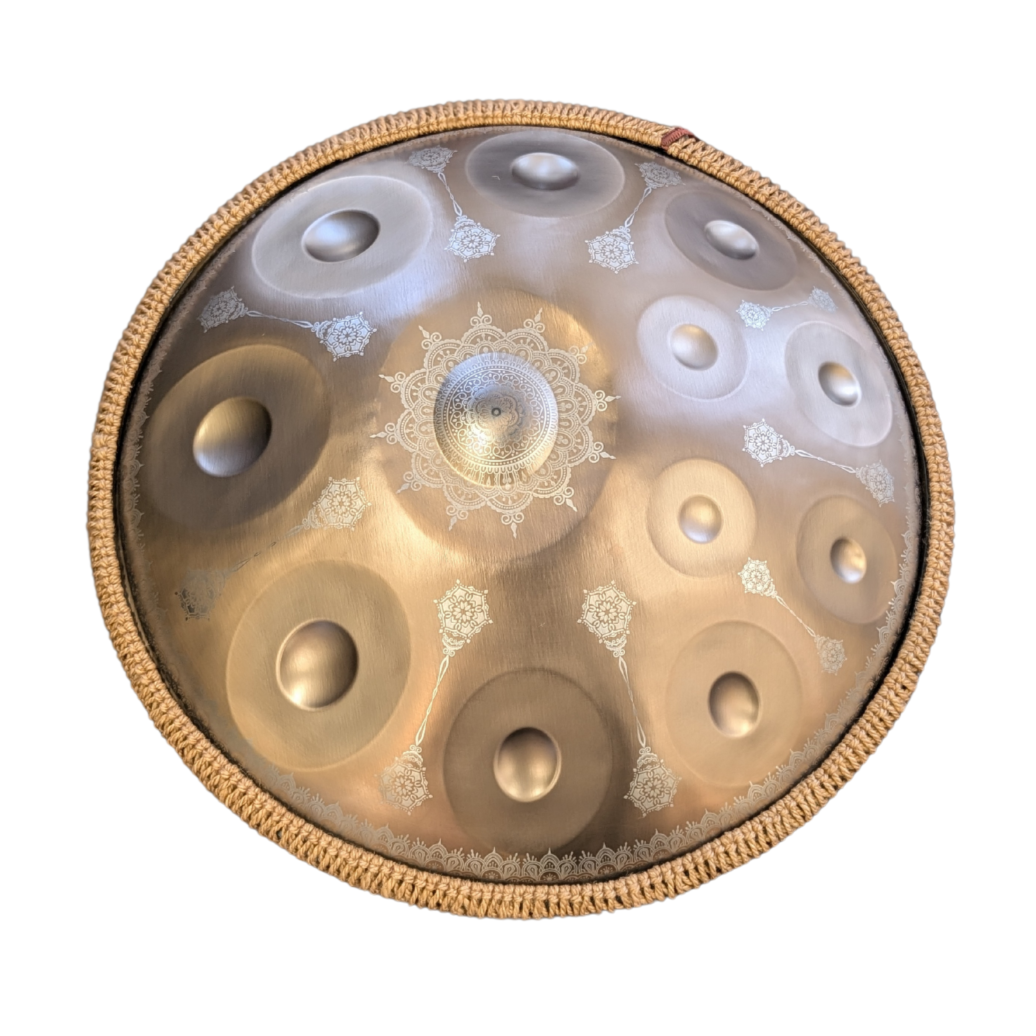


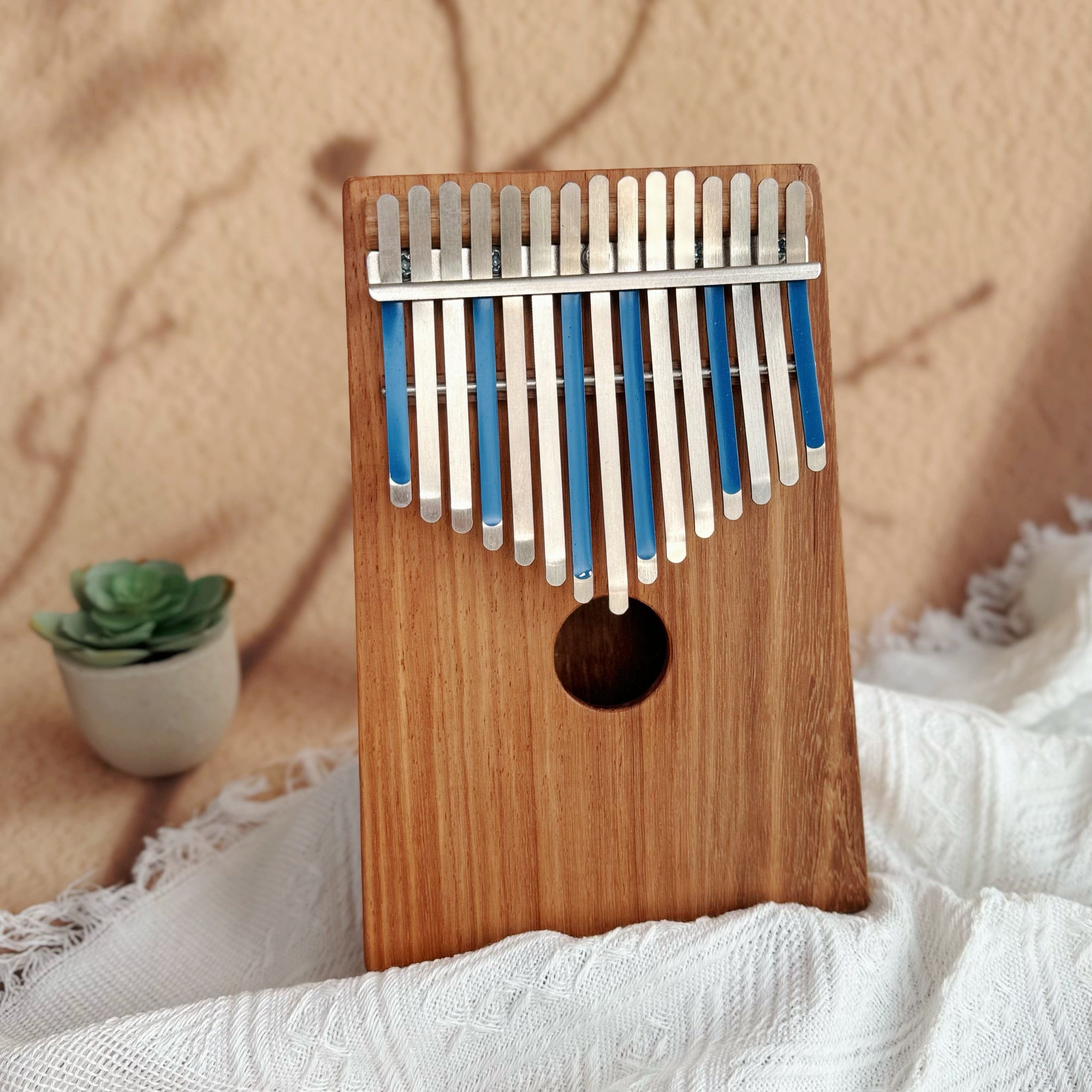
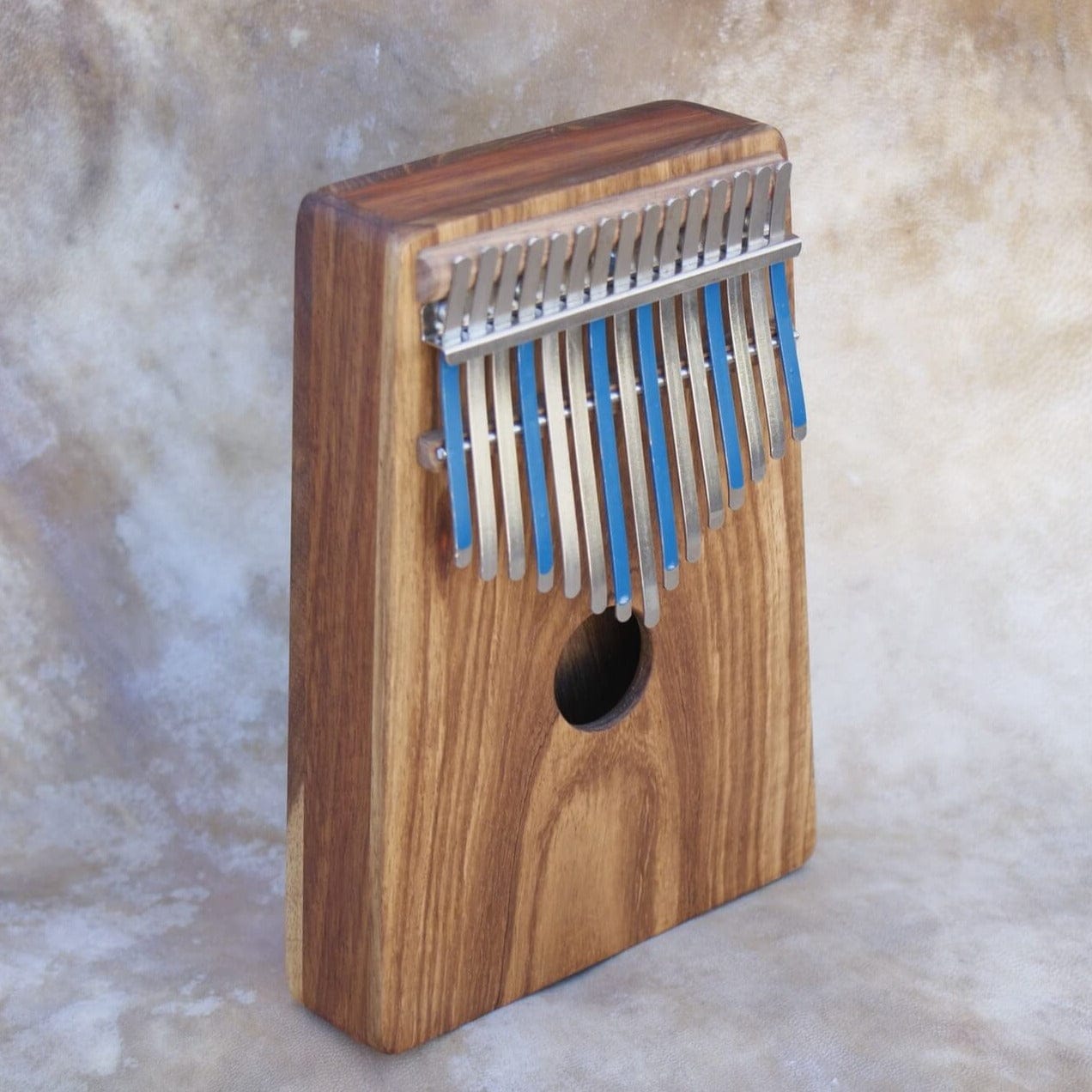

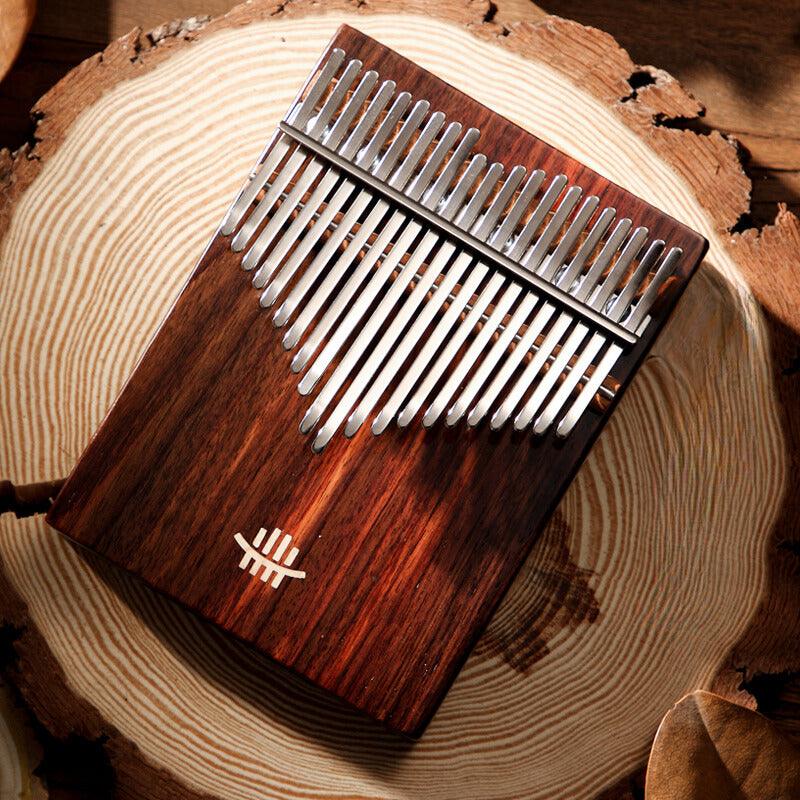
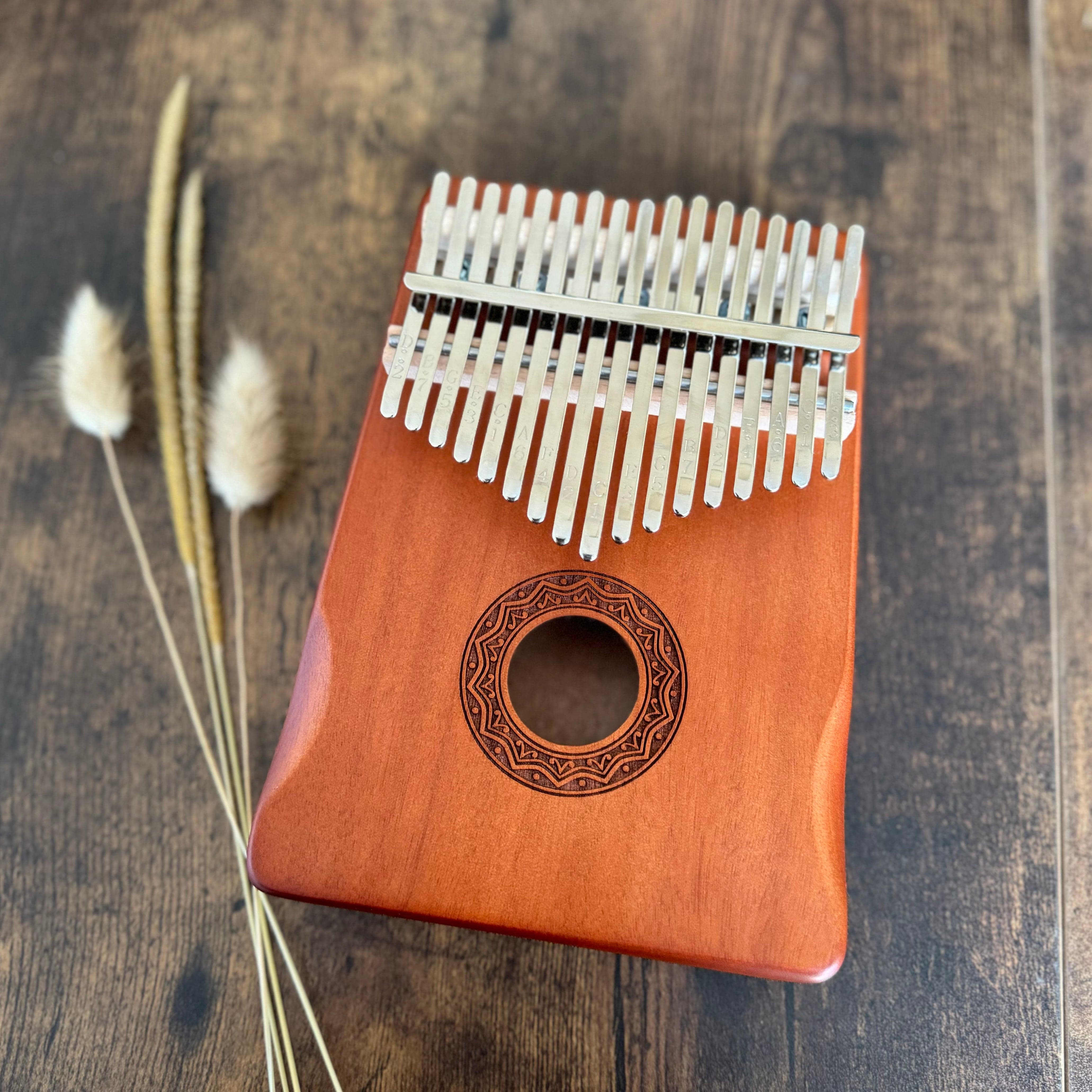
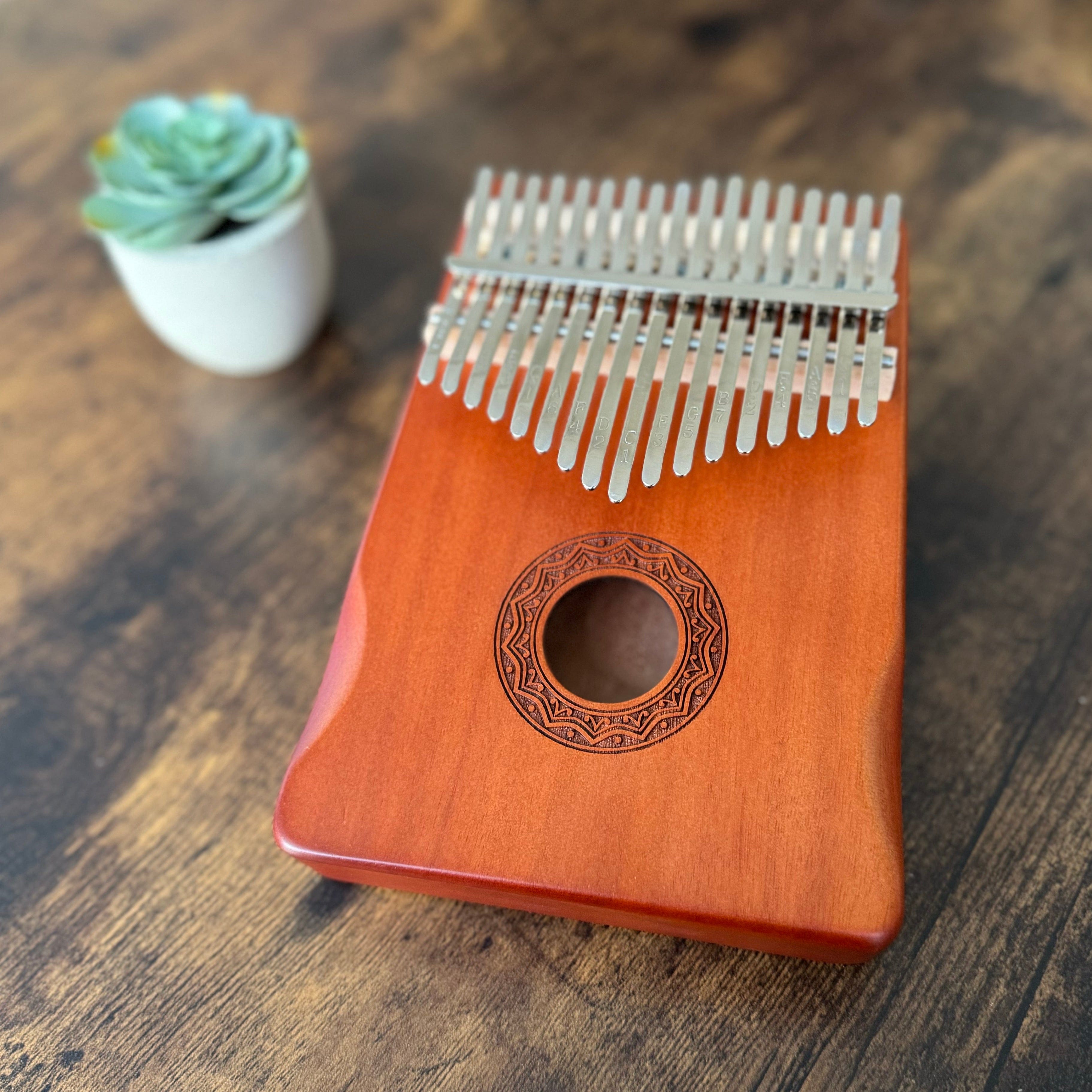
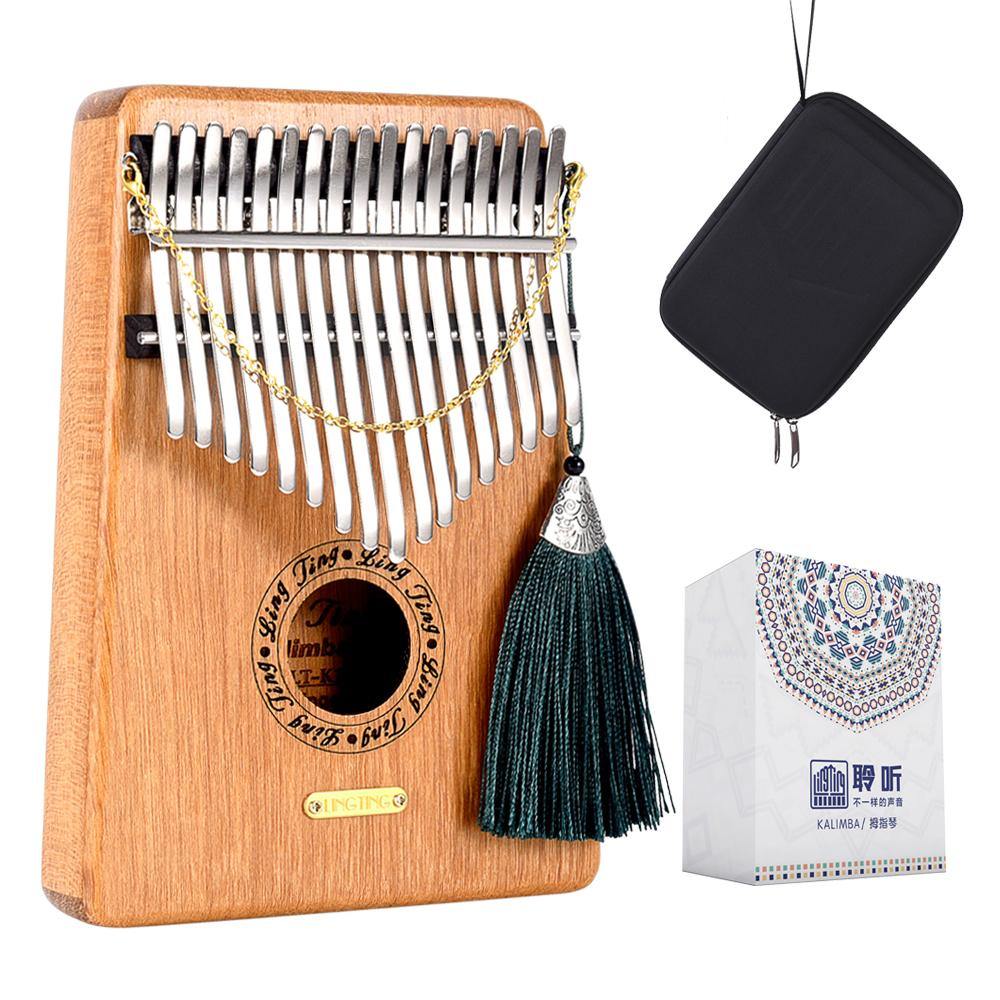
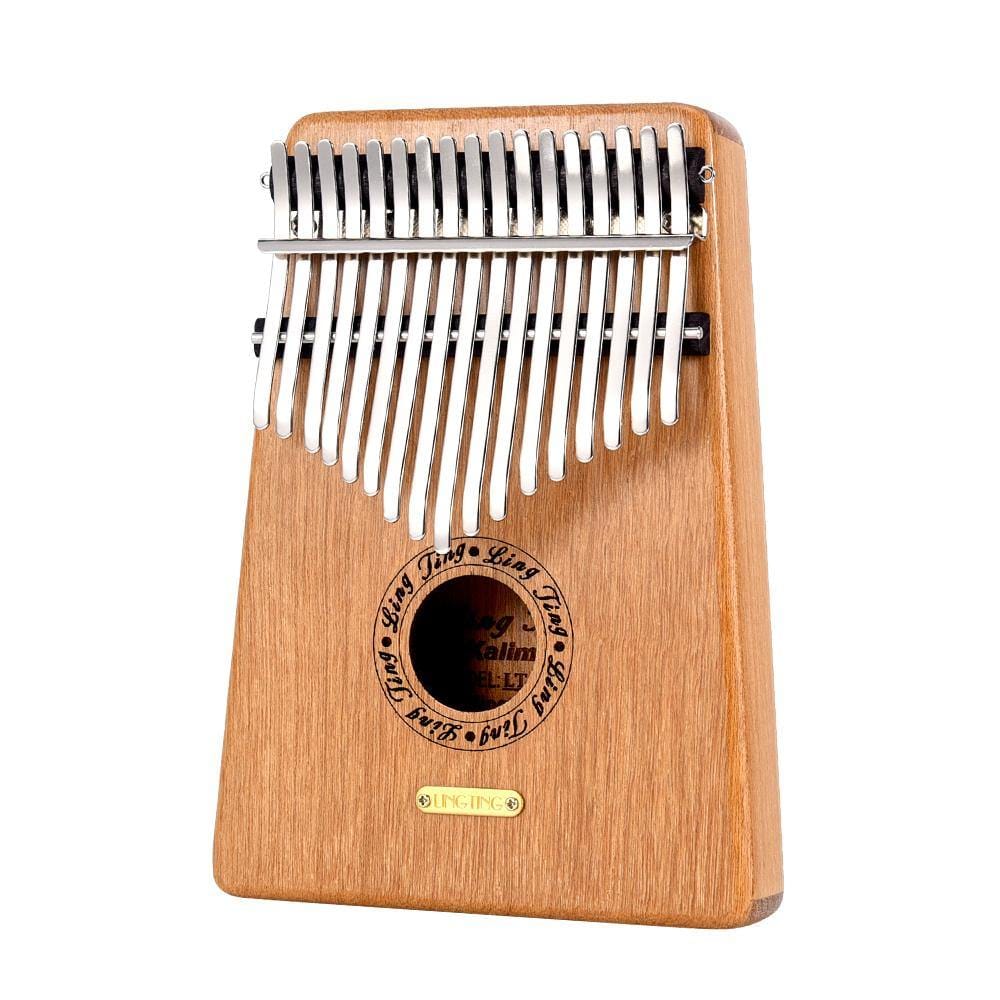
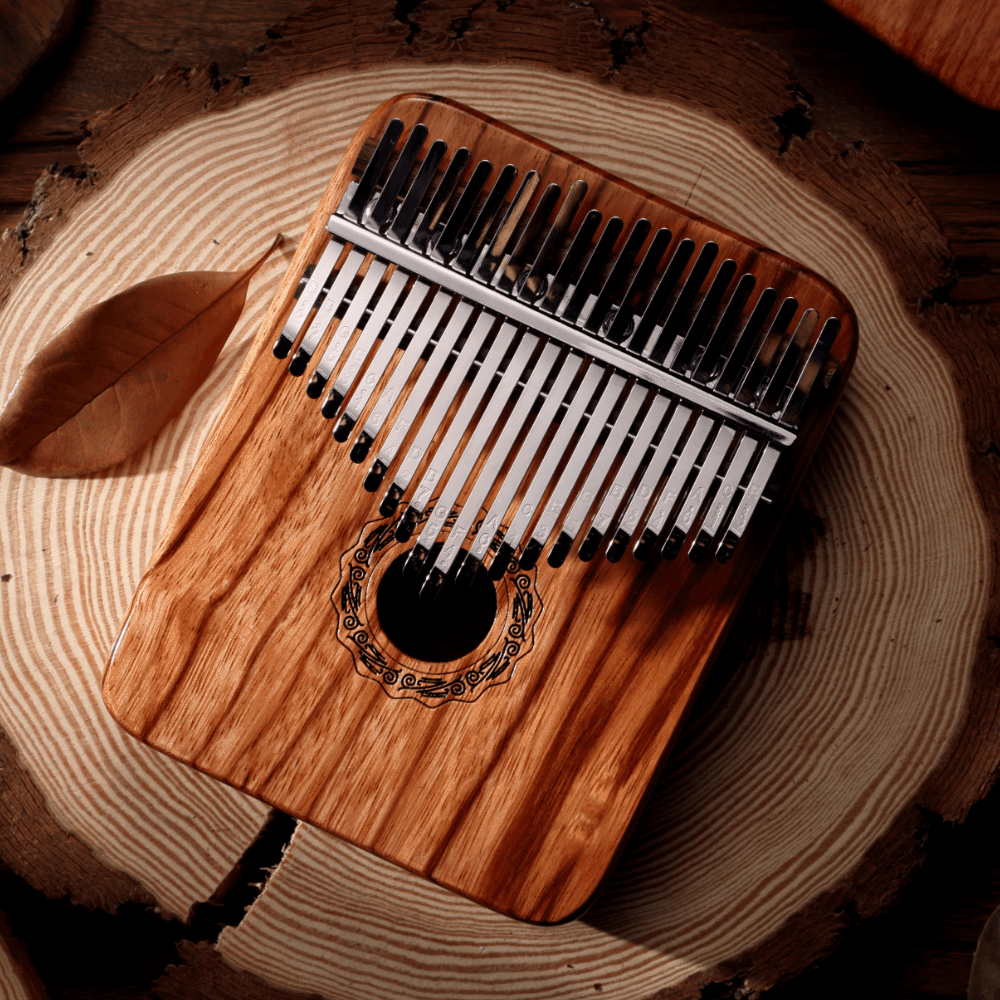
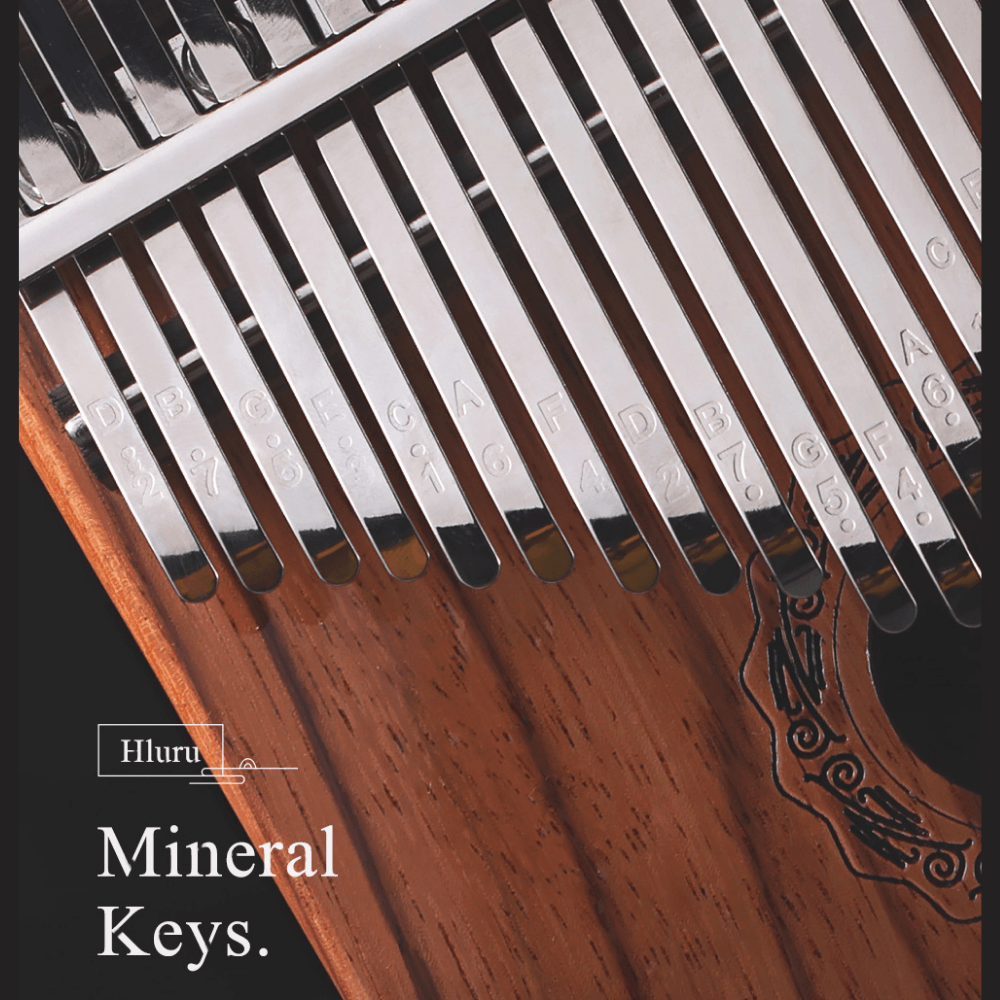
Leave a comment
All comments are moderated before being published.
This site is protected by hCaptcha and the hCaptcha Privacy Policy and Terms of Service apply.